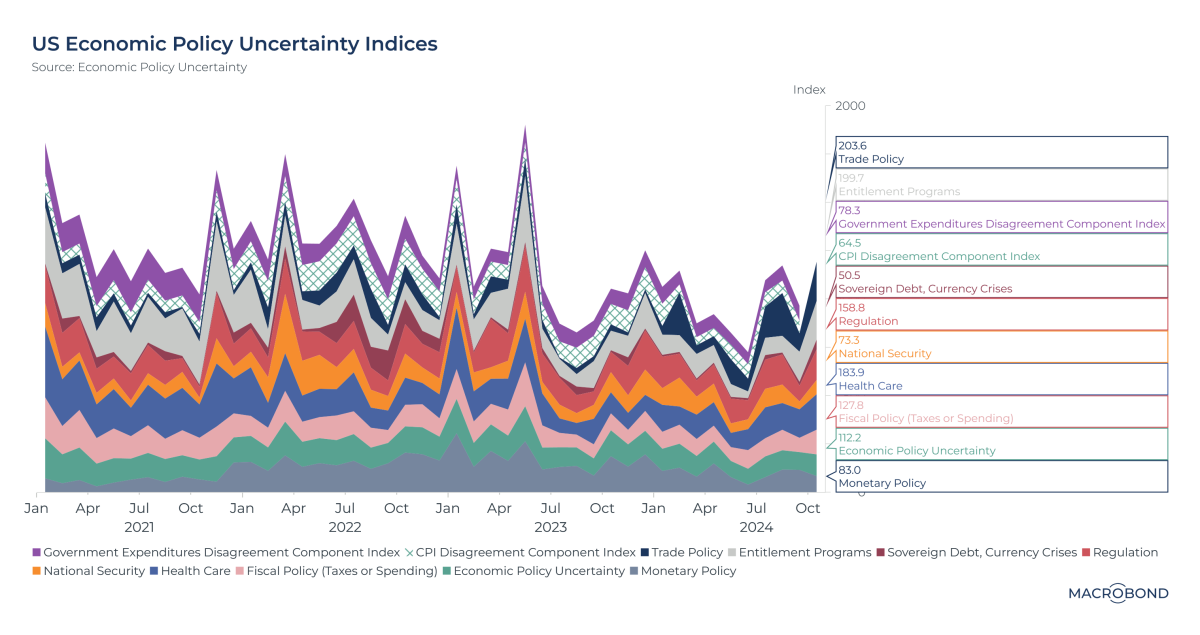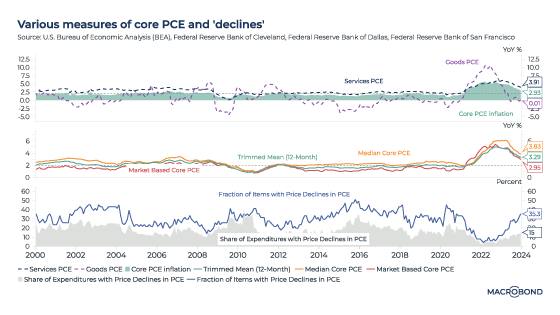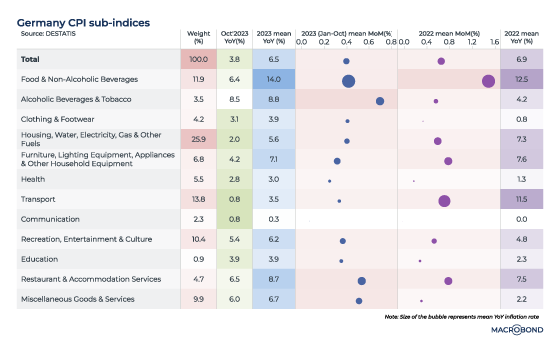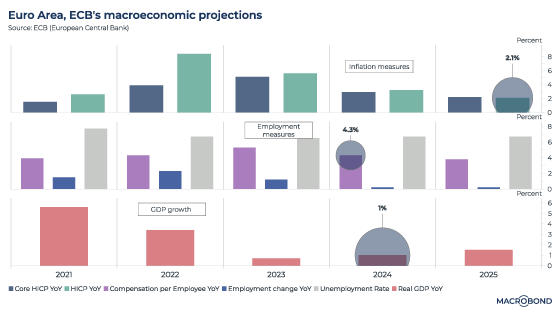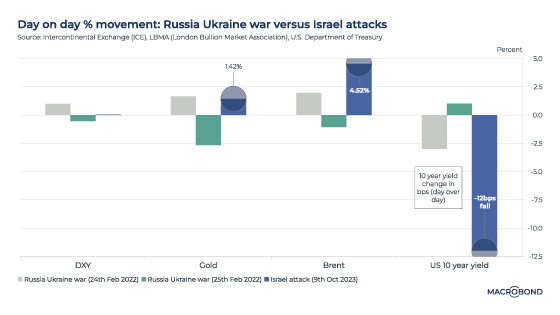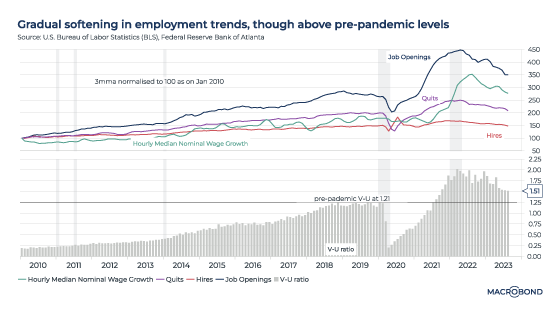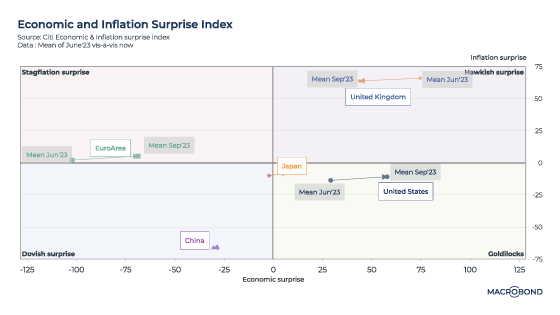Please Read: An update from your team at Macrobond
Quite a bit has changed recently, including the app homepage, all new branding and our second release of the year just around the corner! This post is an update from the Product Team at Macrobond with details on what’s happening, when and why…

